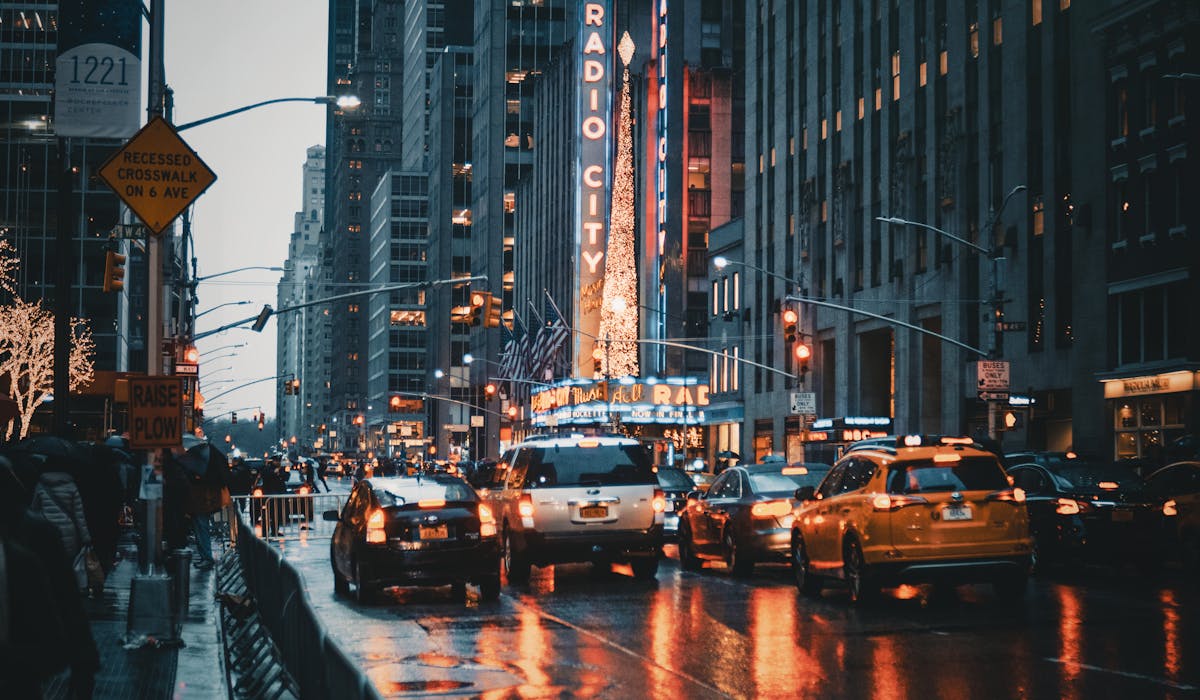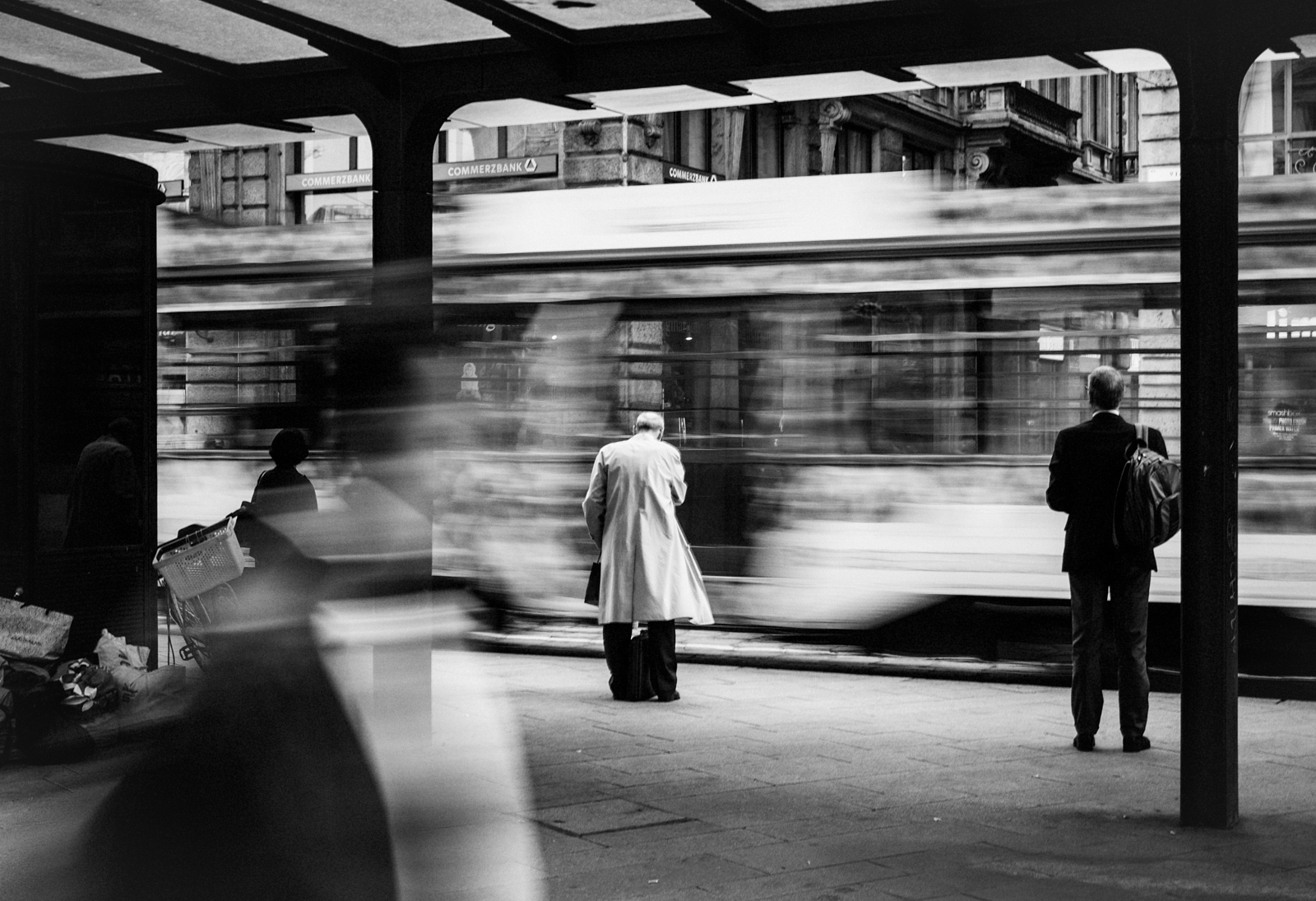All about Framing Streets
Framing Streets Fundamentals Explained
Table of ContentsThe smart Trick of Framing Streets That Nobody is Talking AboutAll About Framing StreetsThe Of Framing StreetsHow Framing Streets can Save You Time, Stress, and Money.The Of Framing StreetsThe Basic Principles Of Framing Streets
, normally with the purpose of capturing photos at a definitive or emotional moment by mindful framing and timing. https://www.blogtalkradio.com/framingstreets1.
Consequently his boots and legs were well specified, yet he is without body or head, since these were in movement." Charles Ngre, waterseller Charles Ngre. https://myanimelist.net/profile/framingstreets1 was the very first photographer to acquire the technical elegance required to register people in movement on the street in Paris in 1851. Photographer John Thomson, a Scotsman collaborating with journalist and social activist Adolphe Smith, released Road Life in London in twelve regular monthly installments starting in February 1877
Some Ideas on Framing Streets You Should Know
Eugene Atget is related to as a progenitor, not since he was the very first of his kind, but as an outcome of the popularisation in the late 1920s of his record of Parisian streets by Berenice Abbott, who was influenced to take on a comparable documents of New York City. [] As the city developed, Atget assisted to promote Parisian roads as a worthwhile subject for digital photography.

An Unbiased View of Framing Streets
The principal Mass-Observationists were anthropologist Tom Harrisson in Bolton and poet Charles Madge in London, and their initial record was generated as the publication "May the Twelfth: Mass-Observation Day-Surveys 1937 by over 2 hundred observers" [] Home window cleaner at Kottbusser Tor, Berlin, by Elsa Thiemann c. 1946 The post-war French Humanist Institution professional photographers discovered their subjects on the road or in the bistro. Between 1946 and 1957 Le Groupe des XV yearly displayed work of this kind. Andre Kertesz. Circus, Budapest, 19 May 1920 Street digital photography developed the major web content of two exhibitions at the Museum of Modern Art (Mo, MA) in New York curated by Edward Steichen, Five French Photographers: Brassai; Cartier-Bresson, Doisneau, Ronis, Izis in 1951 to 1952, and Post-war European Photography in 1953, which exported the concept of road photography globally.

The Single Strategy To Use For Framing Streets
, after that a teacher of young children, associated with Evans in 193839.'s 1958 publication,, was considerable; raw and frequently out of focus, Frank's photos questioned mainstream digital photography of the time, "challenged all the official guidelines laid down by Henri Cartier-Bresson and Walker Evans" and "flew in the face of the wholesome pictorialism and heartfelt photojournalism of American publications like LIFE and Time".